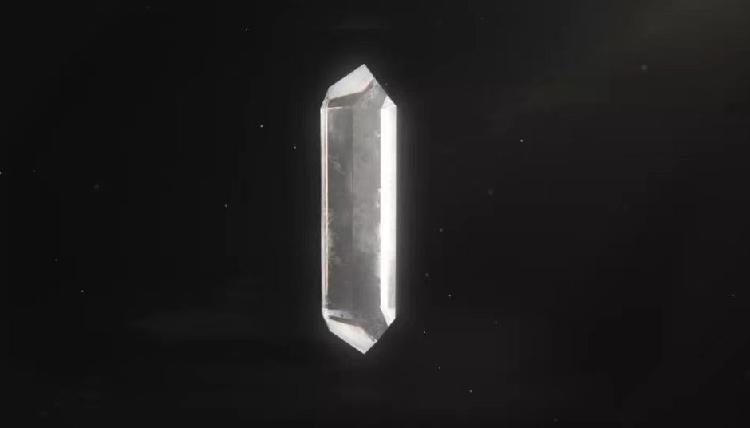A new diamond-like mineral has been discovered in a sample of China’s Changi-5 moon

Say hello to Change site-(Y) – a new mineral discovered by Chinese scientists in lunar samples brought back by China’s Chang’e-5 lunar probe in December 2020.
A new crystal-clear diamond-like mineral has been certified by the International Mineralogy Association (IMA).
The discovery of Changesite-(Y) was jointly announced by the China National Space Administration and the China Atomic Energy Authority on Friday, a day before China’s traditional Mid-Autumn Festival, or Moon Day.
Discovered by scientists at the Beijing Research Institute of Uranium Geology (BRIUG), Changesite-(Y) is the first new lunar mineral discovered and identified by China and the sixth new lunar mineral known so far.
China has become the third country in the world to discover this new lunar mineral, symbolizing the country’s significant scientific achievements in the field of space science.
What is Changesite-(Y)?
Changesite-(Y) is a new type of phosphate mineral that forms as columnar crystals, found in lunar basalt grains.
A research team at BRIUG isolated one of its crystalline particles with a diameter of about 10 microns (less than one-tenth the diameter of an average human hair) and successfully analyzed its crystal structure and confirmed it as a new mineral.
Two more conclusions
Two other key research findings were also announced in the press release.
China has determined for the first time the amount of helium-3, a future fusion energy source, from Changi-5 lunar soil samples and its extraction parameters.
It provides fundamental scientific data for lunar resource assessment and exploration.
In addition, the morphological characteristics of lunar soil particles have been identified through extensive studies, providing a scientific basis for studying how lunar soil formed.
Simply put, lunar soil is a gateway to the ancient mysteries of the Moon, Earth, and even the Sun.
For example, China’s Change-5 lunar samples were collected from a basalt region on the moon called Oceanus Precelerum. This region was formed by volcanic eruptions on the moon billions of years ago. That means the samples came from inside the ancient moon. When volcanoes were active inside the Moon, they were considered “alive” with working “dynamos”.
Currently, they are considered “dead”, because they were burned and cooled. Moon samples can reveal when and how the cooling-down process occurred, and also tell us something about the future of our Earth.
Also, those patterns hold the secret of the sun. Unlike Earth’s protective magnetic field, the Moon is exposed to the bombardment of the solar wind. Therefore, particles ejected from the Sun will be buried in different layers of lunar soil.
The news was jointly released by the China National Space Administration and the China Atomic Energy Authority on Friday, a day before China’s Mid-Autumn Festival, or Moon Day.
China’s Mid-Autumn Festival falls on the 15th day of the eighth lunar month in the lunar calendar, when the moon is said to be full and bright. As a classic folklore, the moon is essential to the beliefs and traditions of the festival. It is well known that the moon goddess Changye and her rabbit companion Yutu – both names adopted for China’s lunar missions.